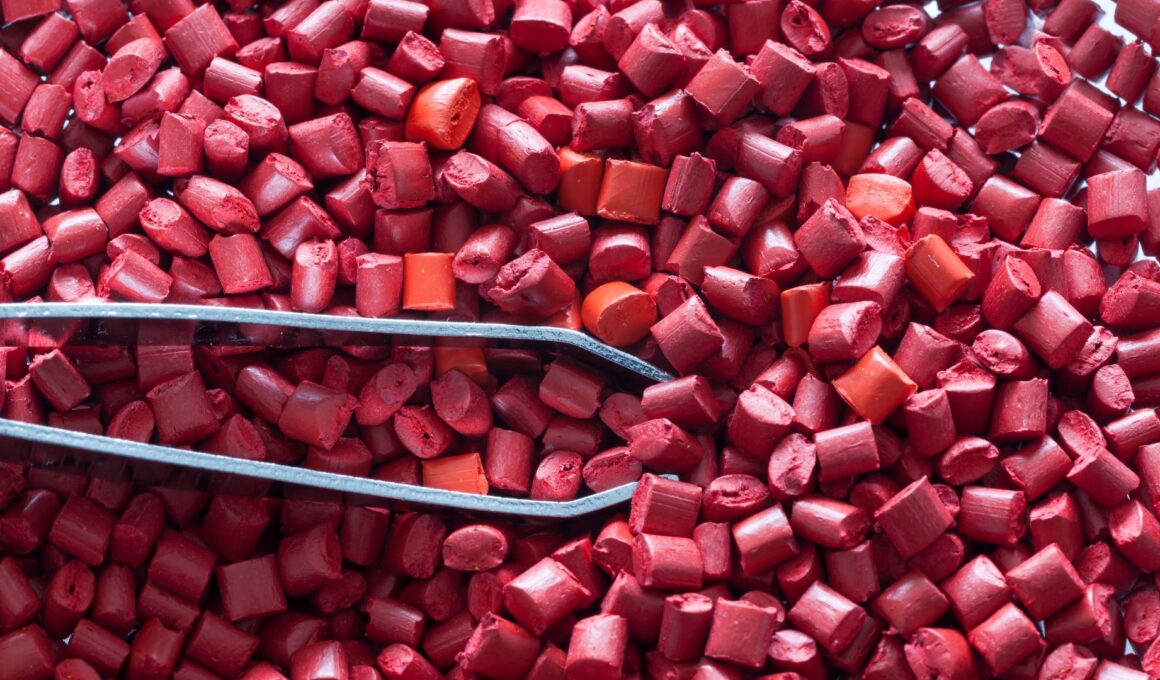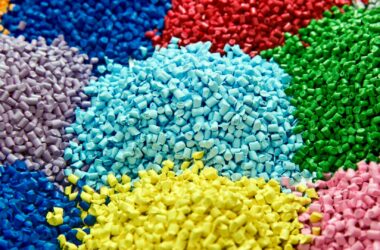Granulation is a fundamental process in pharmaceutical manufacturing, involving the formation of granules from powders. Implementing an integrated granulation line requires careful planning, adherence to best practices, and consideration of various requirements to ensure efficient and consistent granule production. In this technical note, we will explore the basic requirements and best practices for successfully implementing an integrated granulation line.
Basic Requirements for an Integrated Granulation Line
1. Equipment Selection:
- High-Shear Mixer: Choose a high-shear mixer, such as a high-speed granulator or a fluid bed granulator, that suits the characteristics of the materials to be granulated.
2. Raw Materials:
- Active Pharmaceutical Ingredients (APIs): Ensure the quality, purity, and consistency of APIs.
- Excipients: Select appropriate excipients, binders, and fillers that are compatible with the formulation.
3. Process Parameters:
- Granulation Formulation: Define the formulation, specifying the composition of API, excipients, and binders.
- Optimal Process Parameters: Determine the ideal mixing time, impeller speed, temperature, and granulation liquid flow rate.
4. Quality Control:
- In-Process Testing: Establish in-process testing to monitor granule size, moisture content, and density.
- Final Product Testing: Perform final product testing, including content uniformity and dissolution, to ensure product quality.
5. Regulatory Compliance:
- Current Good Manufacturing Practices (cGMP): Comply with cGMP regulations to meet quality and safety standards.
- Validation: Validate the granulation process to demonstrate its reliability and consistency.
Best Practices for Implementing an Integrated Granulation Line
1. Process Design:
- Material Characterization: Conduct a thorough characterization of raw materials to understand their properties and behavior during granulation.
- Formulation Development: Optimize the formulation to achieve desired granule characteristics.
2. Equipment Maintenance:
- Regular Inspection: Implement a maintenance schedule for granulation equipment to ensure it operates efficiently.
- Calibration: Calibrate equipment regularly to maintain accuracy and precision.
3. Process Monitoring:
- Real-time Monitoring: Use sensors and monitoring systems to track critical process parameters in real-time.
- Process Analytical Technology (PAT): Implement PAT tools for process control and optimization.
4. Operator Training:
- Training Programs: Provide comprehensive training to operators regarding equipment operation, process parameters, and safety procedures.
- Cross-Training: Cross-train operators to handle various granulation processes and equipment.
5. Documentation and Record Keeping:
- Batch Records: Maintain detailed batch records, including raw material batch numbers, process parameters, and in-process testing results.
- Traceability: Ensure traceability of materials and processes to facilitate investigations in case of deviations.
6. Quality Assurance:
- Quality by Design (QbD): Implement QbD principles to design robust and predictable granulation processes.
- Risk Assessment: Perform risk assessments to identify and mitigate potential process risks.
Guide to Implementing an Integrated Granulation Line
1. Preparation:
- Feasibility Study: Conduct a feasibility study to evaluate the economic and technical viability of the granulation process.
- Project Planning: Develop a project plan outlining objectives, timelines, and resource allocation.
2. Equipment Acquisition:
- Equipment Selection: Procure granulation equipment that aligns with process requirements and capacity needs.
- Installation and Validation: Install and validate equipment according to regulatory guidelines.
3. Formulation Development:
- Formulation Optimization: Optimize the granulation formulation through laboratory-scale trials.
- Scale-Up: Scale up the formulation from laboratory to production scale, considering the impact on process parameters.
4. Process Validation:
- IQ, OQ, PQ: Perform Installation Qualification (IQ), Operational Qualification (OQ), and Performance Qualification (PQ) to validate the granulation process.
- Process Characterization: Characterize the process to determine critical process parameters (CPPs) and critical quality attributes (CQAs).
5. Quality Control:
- Method Development: Develop and validate analytical methods for in-process and final product testing.
- Sampling Plan: Establish a robust sampling plan for monitoring granule quality throughout production.
6. Production and Monitoring:
- Batch Records: Maintain accurate batch records, including deviations and corrective actions taken.
- Continuous Improvement: Continuously monitor the process and implement improvements based on data and feedback.
7. Quality Assurance and Regulatory Compliance:
- Audit Trails: Implement audit trails and quality systems for documentation and traceability.
- Regulatory Submission: Prepare regulatory submissions and maintain compliance with regulatory agencies
Implementing an integrated granulation line requires meticulous planning, adherence to best practices, and a strong commitment to quality and regulatory compliance. By following the basic requirements, best practices, and the provided guide, pharmaceutical manufacturers can ensure the efficient and consistent production of high-quality granules, contributing to the success of drug manufacturing operations.







